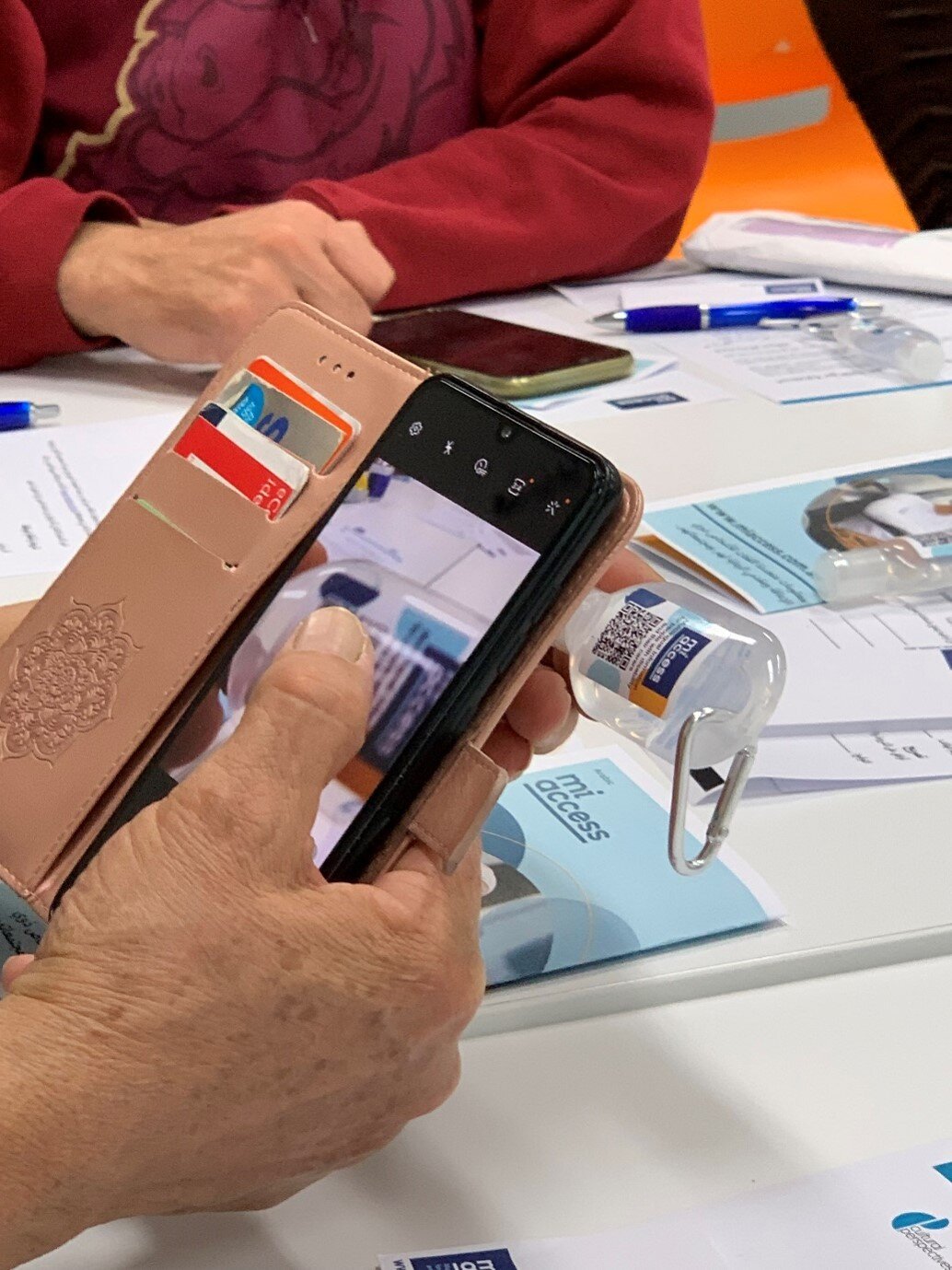The Sleeping giant
Growth and Importance of QR Codes in today’s Australia.
QR codes have re-entered our lives with a huge bang. How many times did you scan a QR code in the last week?
Invented in Japan in 1994 (the same year that Cultural Perspectives was founded) QR codes have been in our environment and public spaces since, as a strange and often misunderstood presence. What has recently been the domain of the Chinese diaspora and WeChat in particular, QR codes have now jumped the language barrier to become the icon of choice. If we are looking at positives in COVID then this is one of them.
As a consequence of almost universal awareness and use of QR codes across all communities we now have a unique communication vehicle on which to build multilingual communications.
QR codes link the physical world to the digital.
In this, they become eminently useful in allowing people whose first language is not English to link directly to information in their own language and the benefits and opportunities through this are enormous.
QR codes provide direct access to multilingual information on websites. Accessing multilingual information on websites is irregular and often complicated, requiring superior English language skills to navigate a site to get to translated in language material. QR codes have socialised digital information access.
QR codes can be incorporated in settings that create immediate awareness and response opportunities.
QR codes can deliver safety messages at beaches, rivers and recreational parks, and safe use information on park equipment,
QR codes can be used to facilitate engagement within local communities, provide information on historic sites, or a current event (Ryde Council recently used QR codes for multilingual information inviting contribution to the Management Plan of the Field of Mars Nature Reserve),
QR codes are immediate and can be used to access health and wellbeing information in pharmacies, doctors waiting rooms, community health centres,
QR codes can deliver targeted information in places specific to cultural and linguistic groups such as places of worship, service organisations, speciality food shops and larger clubs and associations premises.
Of course, QR codes are only as effective as the level of availability and use of smartphones. Is this a barrier in CALD communities? Our recent experience suggests that this is NOT the case.
In developing the MiAccess Project we positioned QR codes as a significant access feature to achieve direct consumer access to the site www.miaccess.com.au. This seemed an obvious approach given the range of outreach activities such as community briefings and information expos. We were keen to understand and test the level of familiarity with smartphone technology.
We have completed a significant number of these activities and events and every single participant clutched a smartphone. This transcended age, gender, religion, English language capacity and even low levels of first language literacy.
In our sessions, we used campaign collateral pieces such as hand sanitiser bottles overprinted with our QR code to immediate and universal effect. Some participants were so familiar with QR codes they immediately scanned ours without instruction.
Apart from the obvious range of benefits, this level of direct engagement with the information on the site delivered high awareness and practical competence in using the site and identifying and searching for translated resources.


